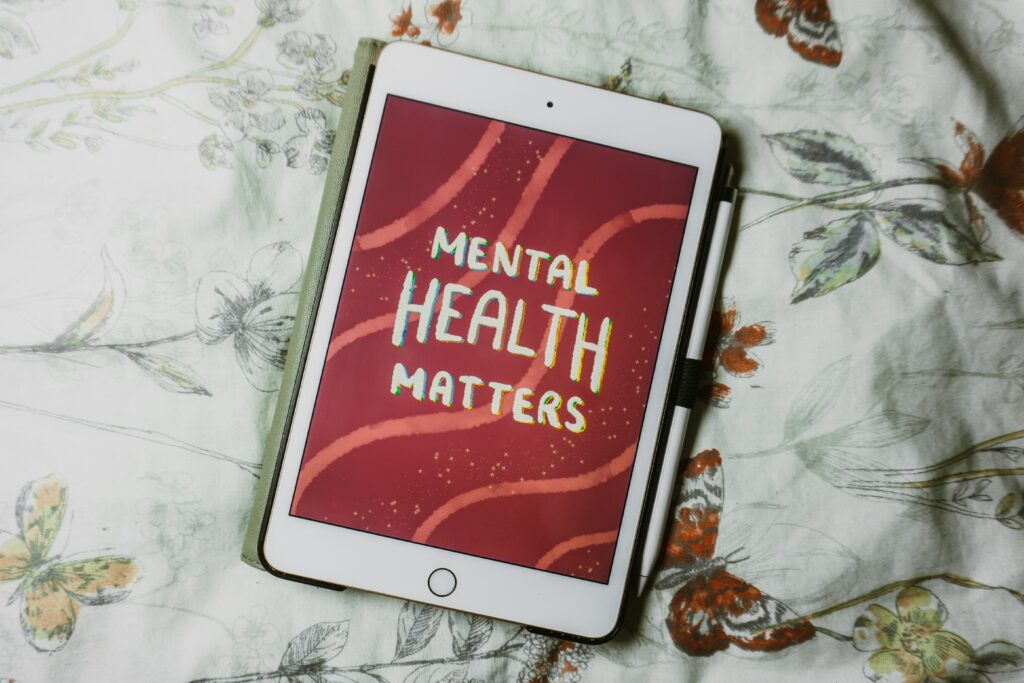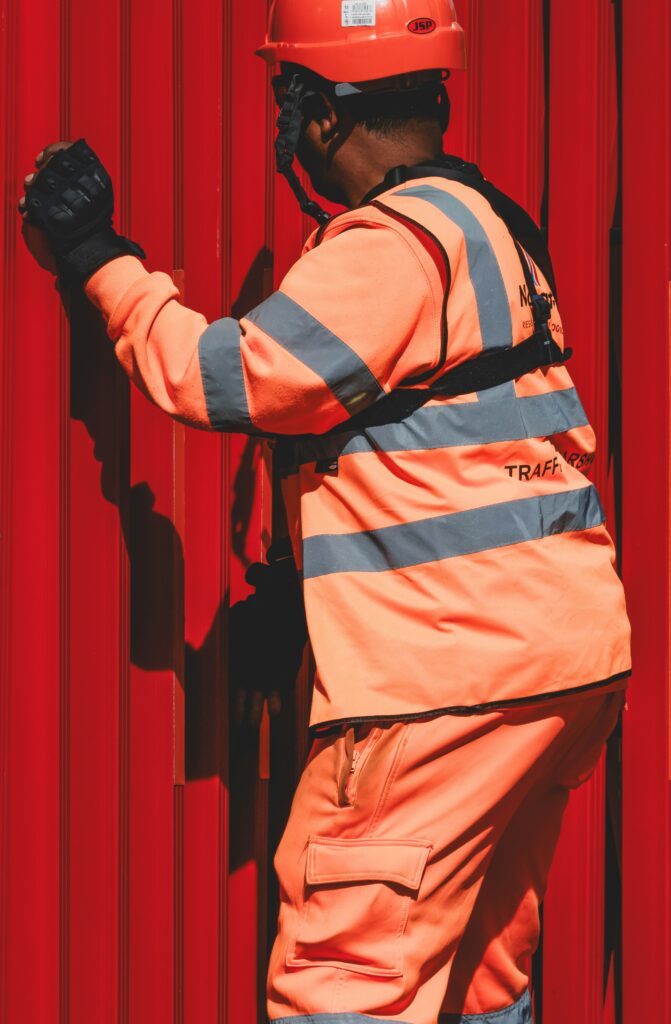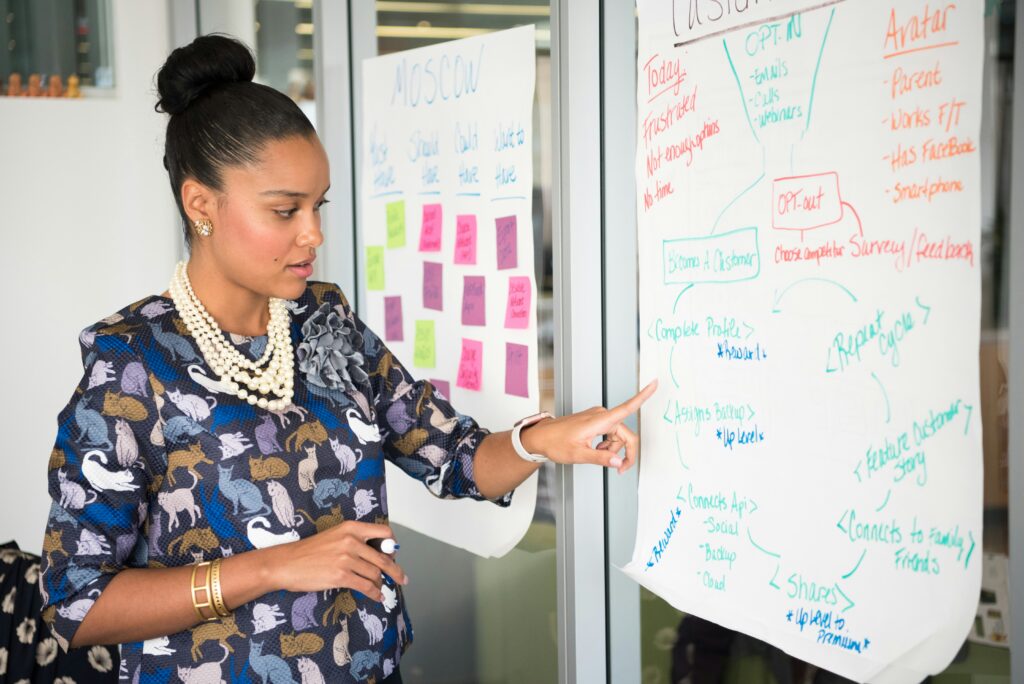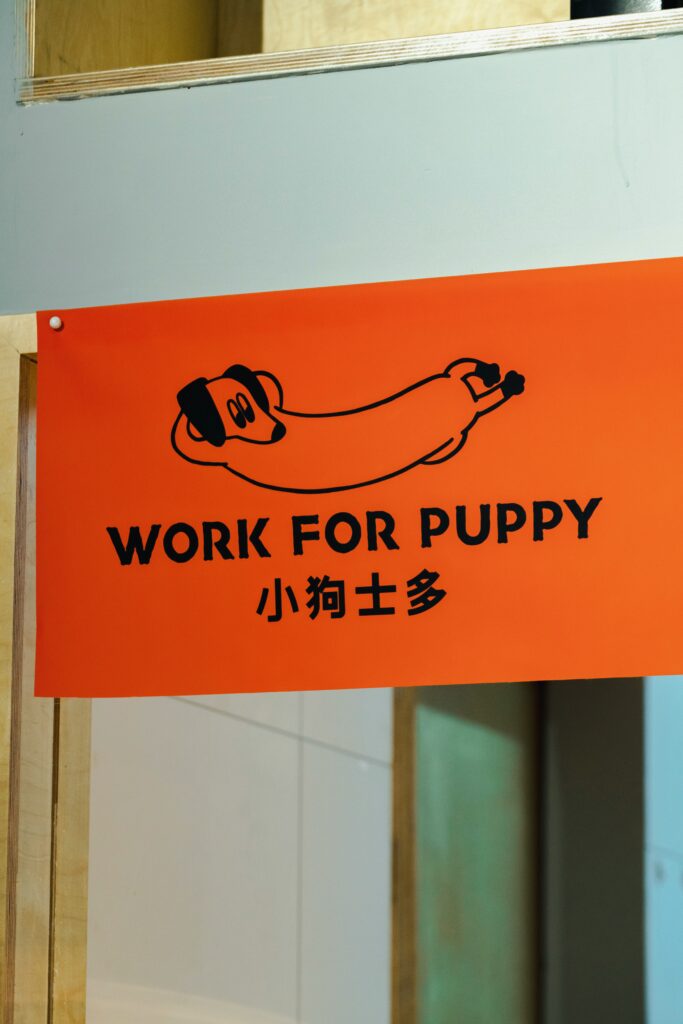Introduction:
By now, you’ve probably heard it a thousand times—AI is coming for our jobs. And sure, that’s true to an extent. But here’s the thing: not all jobs are at risk.
In fact, there are plenty of roles that AI (for all its brilliance) simply can’t do—or at least not well enough to replace humans. Whether it’s because of emotional intelligence, hands-on skills, or complex decision-making, some jobs remain safely human… for now.
Let’s dive into a list of professions that are relatively AI-resistant—with a sprinkle of research and data to keep things real.
1. Mental Health Professionals (Therapists, Counselors, Psychologists)

AI can offer chatbots and virtual therapy, but genuine human empathy? Not so much. According to a 2024 study by the World Economic Forum, while AI-assisted therapy is on the rise, 82% of patients still prefer in-person sessions with a licensed therapist. Why? Because human nuance, non-verbal cues, and complex emotional support can’t be replicated by an algorithm.
2. Skilled Trades (Electricians, Plumbers, Carpenters)

Hands-on jobs that require adaptability and on-the-spot problem solving are much harder for AI and robots to automate. A report by McKinsey & Company (2023) estimated that less than 15% of skilled trade tasks can be automated with current tech. Real-life environments are messy, unpredictable, and don’t follow a script—something AI still struggles with.
3. Healthcare Workers (Nurses, Surgeons, Paramedics)

While AI is improving diagnostics and surgery precision, the human touch in healthcare remains critical. From bedside manner to critical thinking in emergencies, medical professionals are hard to replace. The Bureau of Labor Statistics projects that nursing alone will grow by 6% by 2030, emphasizing the need for real people in patient care.
4. Creative Professionals (Writers, Designers, Artists)

Yes, AI can now write poems and design logos (hi, we see you 👀). But authentic creativity—the kind that sets trends, tells human stories, and builds emotional connections—remains a human stronghold. A 2023 Adobe survey showed that 68% of consumers can tell the difference between AI-created and human-created content—and overwhelmingly prefer the latter.
5. Educators and Trainers

AI can deliver online courses and track student progress, but teaching is about more than delivering content. Mentorship, motivation, and in-the-moment adaptation keep educators vital. The National Education Association highlights that while ed-tech is booming, the demand for qualified teachers continues to rise, particularly in early childhood and specialized education.
6. Legal Professionals (Litigators, Mediators)

AI can sift through case law faster than any paralegal, but courtroom arguments, negotiation, and nuanced legal advice? That’s still a human game. The American Bar Association notes that AI is transforming the legal field’s backend, but front-line legal work remains human-led due to its complexity and ethical implications.
7. High-Level Management & Leadership Roles

Leadership requires vision, ethics, and decision-making in uncertain scenarios. While AI can offer insights, CEOs, strategists, and organizational leaders have to balance human emotions, culture, and unforeseen events—areas where AI still falls flat.
Final Thoughts:
The rise of AI is reshaping the workforce, but it’s not a complete takeover. Many jobs—especially those relying on human connection, adaptability, creativity, and complex judgment—remain safe (for now). Your best bet? Keep upskilling, stay adaptable, and leverage AI as a tool, not a threat.
Apps like Taloop (our AI career counseling app) help you stay ahead of the curve by identifying safe and emerging job trends tailored to your skills and aspirations.
In short: The future belongs to humans—especially those who know how to work with AI, not against it.

